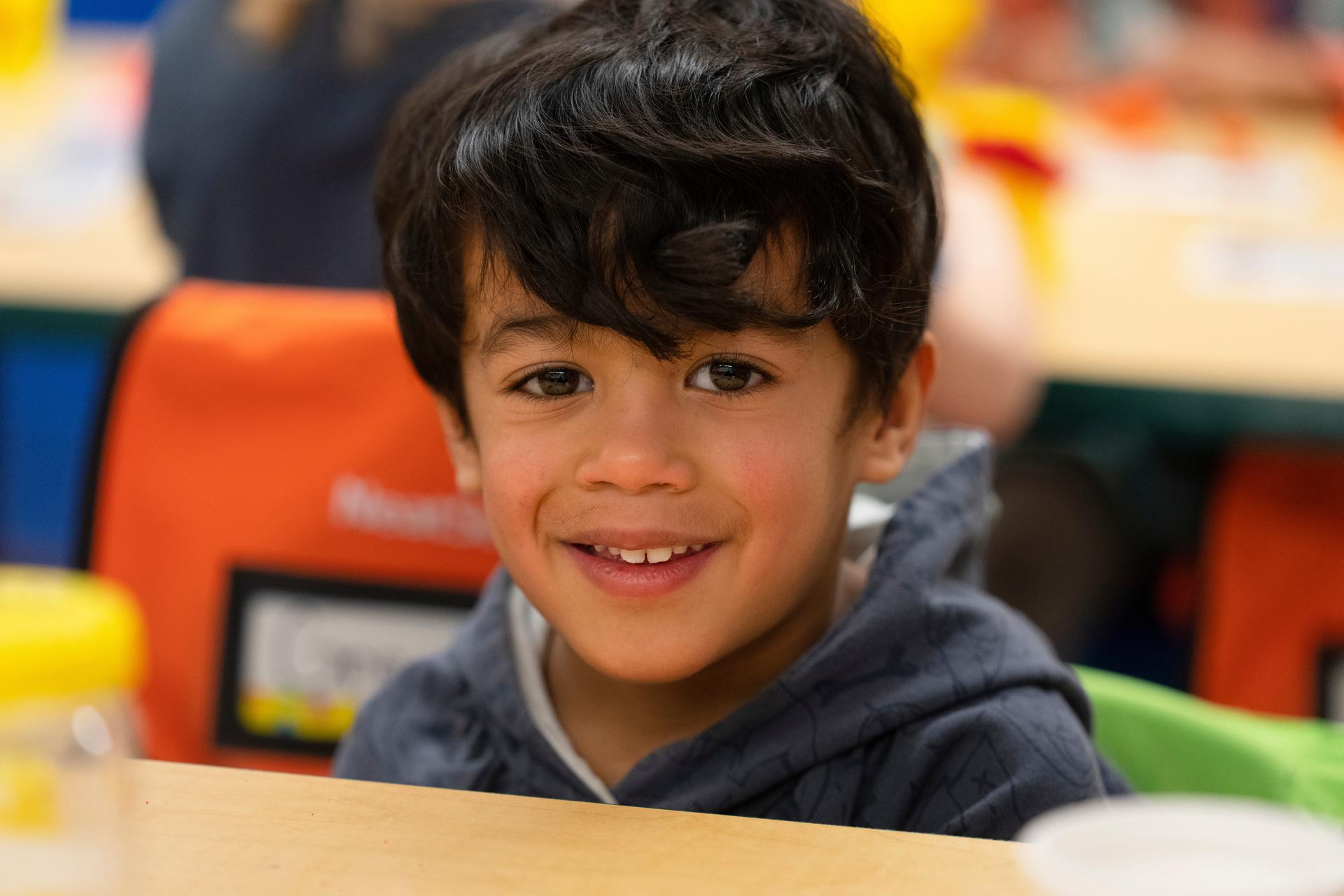
1 minute read
CULTURALLY-RESPONSIVE & EVIDENCE-BASED
Culturally responsive teaching uses students’ customs, characteristics, experience, and perspectives as tools for better classroom instruction (What Is Culturally Responsive Teaching, Education Week 4/18/2022) Educator Gholdy Muhammad describes it as both a theory and model to respond to students’ histories, identities, literacies and liberation in pedagogy She identifies five pursuits or goals educators must strive towards to help students gain self-reliance, self-determination and self-liberation:
Identity – teaching students to know themselves and others; Skills – teaching students the proficiencies needed across content areas; Intellect – teaching students' new knowledge; Criticality – teaching students to understand and disrupt oppression; and Joy – teaching students about the beauty and truth in humanity
An investment in culturally responsive, evidence-based professional learning is critical to the implementation of high-quality teaching and learning that results in improved student outcomes and racial and disability disparities in the Pittsburgh Public Schools Once Culturally responsive teaching is understood then our district can move to implementation of Culturally responsive education (CRE) CRE must become the bedrock of any well-designed professional learning plan aimed at dramatically improving student outcomes
CRE implementation will become a Tier 1, core system of teaching, pedagogy, curriculum, theories, attitudes, practices, and instructional materials that center students’ cultures, identities, and contexts throughout educational systems.
All students should experience CRE regardless of race, zip code, gender (including gender identity or expression), disability, sexual orientation, ethnicity, and economic designation Through academic content, inclusive pedagogy, and equity-focused professional learning, we will maximize the intellective capacity of all students, specifically students of color by validating, affirming, building and bridging their racial, cultural and ethnic identities, and effectively close or reverse the racial achievement gap If we implement CRE with fidelity, we can create school cultures that support the success of all students
The five priority goals articulate key strategies aimed at improving Culture, Systems, and Instruction in the Pittsburgh Public Schools. Implementing these priority goals begins with inquiry. The conclusions emerging from this process will outline a collaborative and strategic approach to solve our challenges with student outcomes and experiences.
Priority Goal #1
Invest in culturally responsive, evidence-based training, tools, and instructional practices.

Priority Goal #2
Construct safety, health, and wellness protocols.
Priority Goal #3
Expand stakeholder communication and partnerships.
Priority Goal #4
Design effective organizational systems.
Priority Goal #5
Strategically allocate resources to ensure equity, excellence, and efficiency.

For more information on the Superintendent's Priority Goals, please visit www.pghschools.org/suptgoals www.pghschools.org


